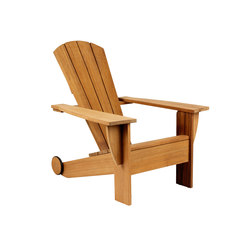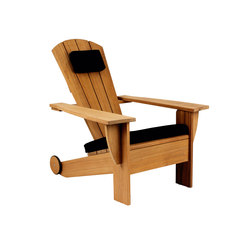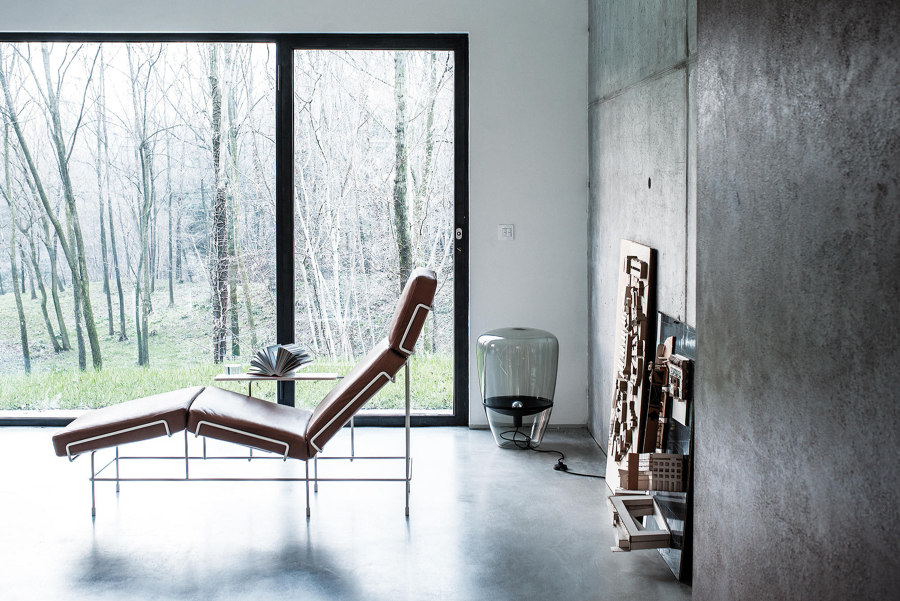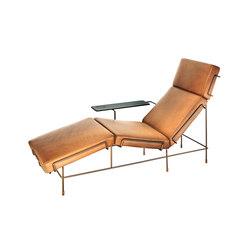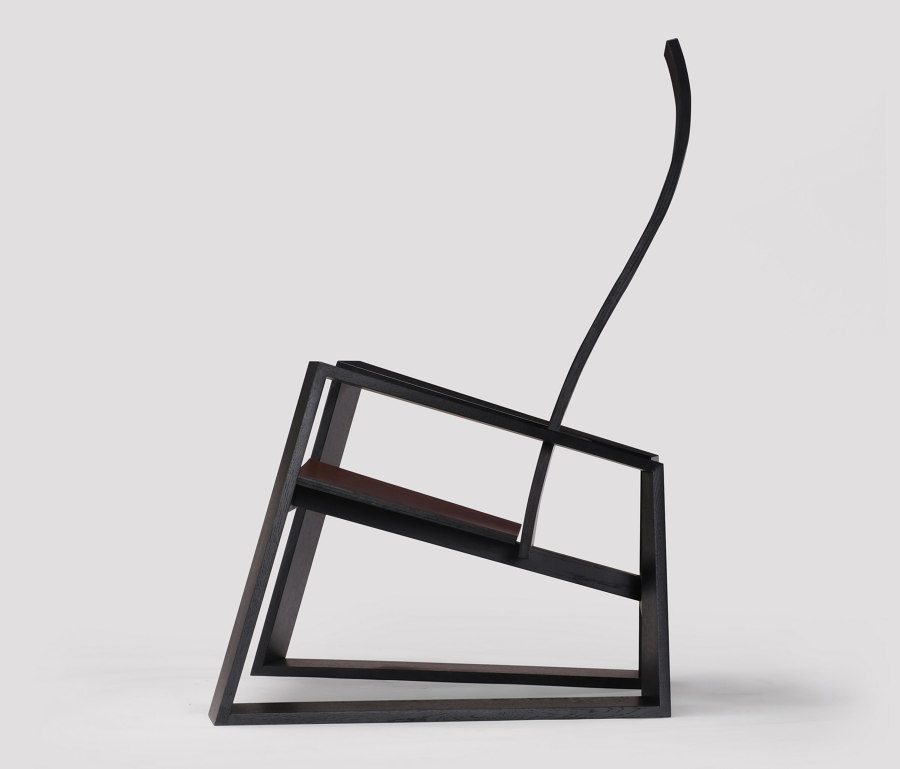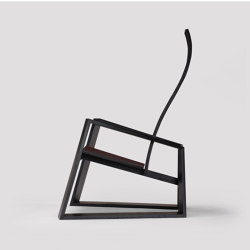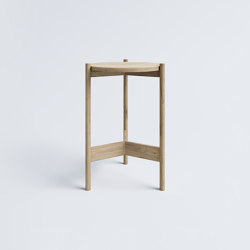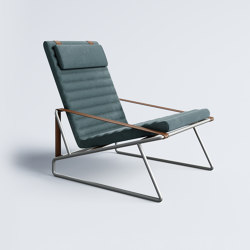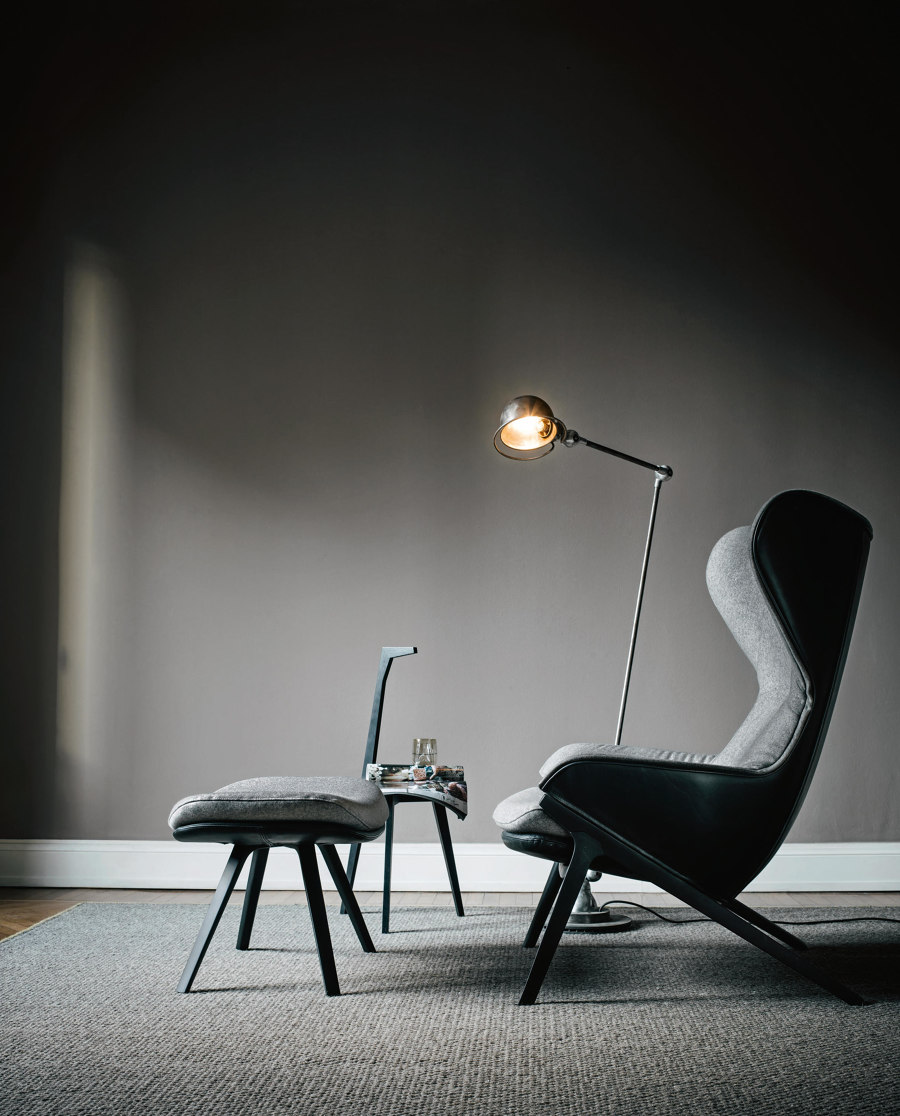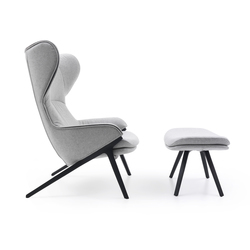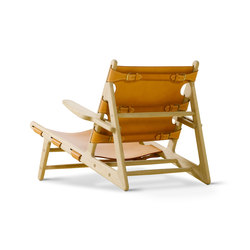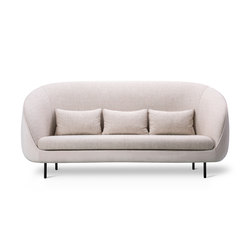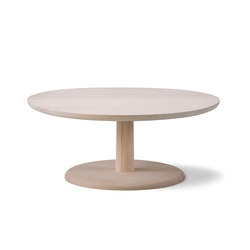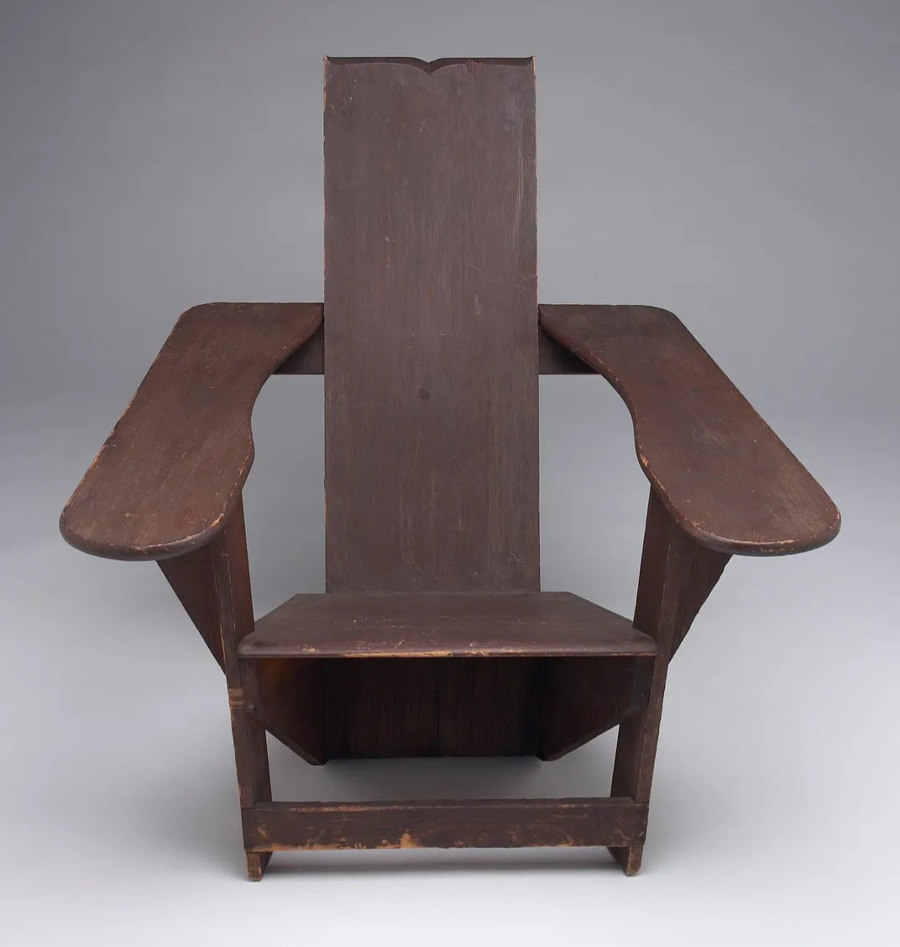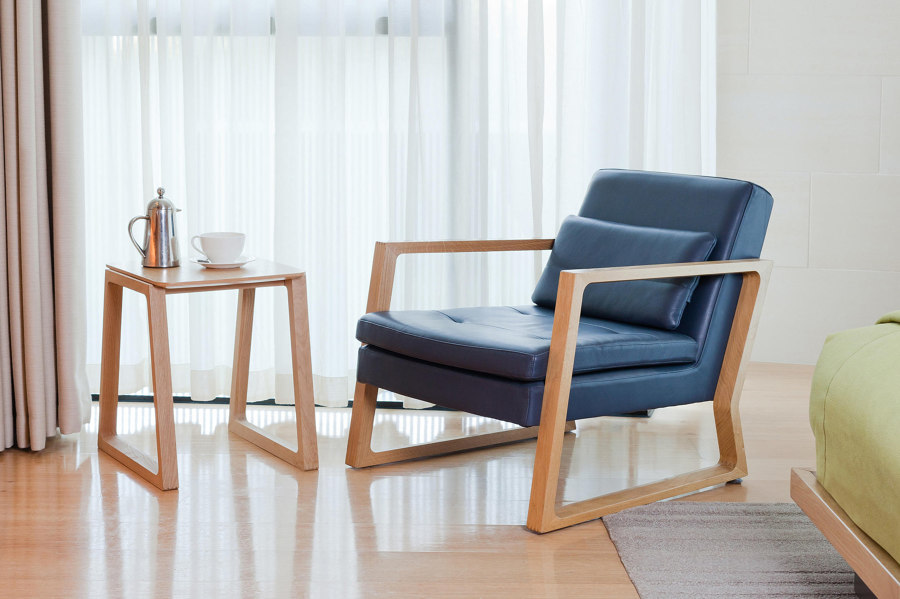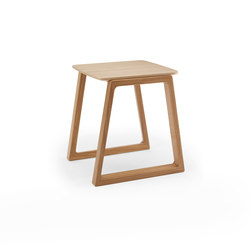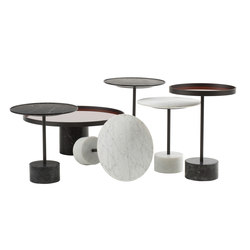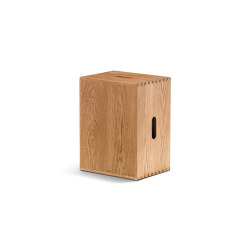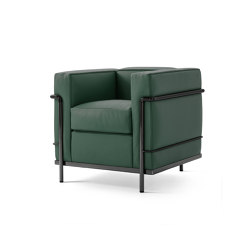How the Adirondack chair got its name and restorative reputation
Texte par James Wormald
18.10.23
Originally designed as a way to harness the healing power of nature, the features of Adirondack chairs are still used by furniture manufacturers and designers to encourage relaxation.
Royal Botania includes a two-seater version and footstool along with a single armchair in its Adirondack-inspired New England collection
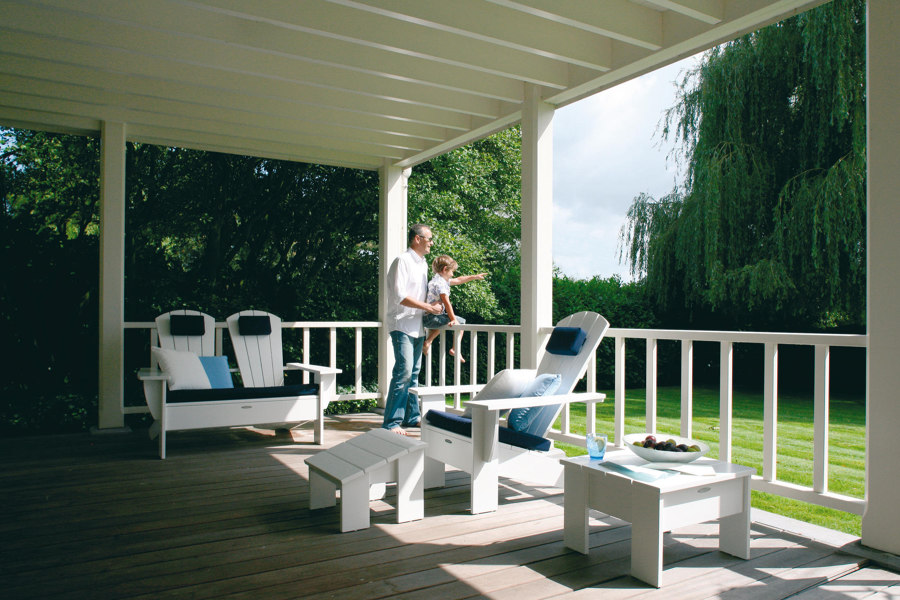
Royal Botania includes a two-seater version and footstool along with a single armchair in its Adirondack-inspired New England collection
×It all began when wealthy city dwellers in late 19th-century New York looked to escape the smog in favour of the restorative mountain air upstate. During a time when tuberculosis had a tight grip on the city, visiting the mountainous Adirondacks region became known as the ‘Wilderness Cure’ as multiple sanatoria emerged to offer the infirm rest and relaxation in the cold, dry air.
Visiting the mountainous Adirondacks region of upstate New York became known as the ‘Wilderness Cure’
Patients were simply sat outside under blankets for long periods on specialist reclining convalescent chairs known as ‘Cure Chairs’ – combinations of chair and sofa. The concept of convalescing on a comfortable lounger lives on today, of course, with the Traffic Chaise Longue from Magis one such example bearing a significant resemblance to these early forms. Meanwhile, back in 1900, Thomas Lee was busy designing a chair he and his family could use to sit outside and experience nature in comfort. The resulting chair, and its groundbreaking design features, went on to become one of the most popular of the new typology.
Original convalescent chairs at the Adirondack Cottage Sanatorium at Sarnac Lake (top), and the Traffic Chaise Longue from Magis (middle, bottom), a modern-day version of the relaxing chair/sofa combination. Photos: Historic Sarnac Lake Collection (top)
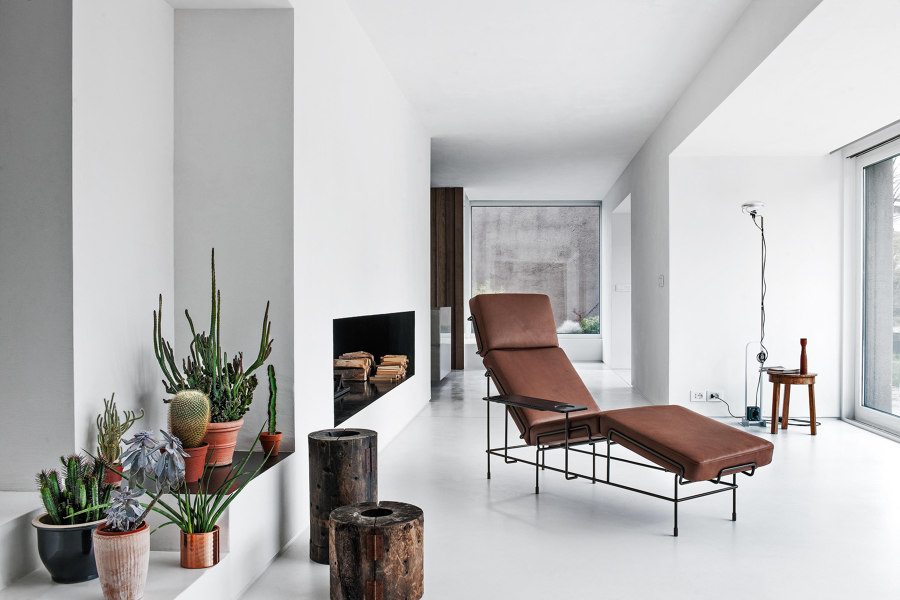
Original convalescent chairs at the Adirondack Cottage Sanatorium at Sarnac Lake (top), and the Traffic Chaise Longue from Magis (middle, bottom), a modern-day version of the relaxing chair/sofa combination. Photos: Historic Sarnac Lake Collection (top)
×The Adirondack chair quickly grew into a modern-day icon
Thomas Lee’s original chair design had many key design features that made it a perfect chair to accompany long periods of peaceful contemplation amongst nature, as well as being a convalescent chair to help users into the right position to aid recuperation. But while the bold, confident stance of the chair remains over 100 years later, there have been some amendments over time.
The bold, confident stance of the chair remains over 100 years later
Where the original designs used a flat plank as a back panel to rest upon, a newer version by Irving Wolpin fanned out seven slats, forming a curve to hold the user’s back in more comfort. The Adirondack chair we know and love today comes mostly in this form but can be attained in many other versions and powder-coated colours. The Adirondack-inspired New England collection by Royal Botania, for example, adds a two-seater sofa and footstool to the original armchair and provides padded cushions for all seats.
Sloped seat and back panels in Skram’s Independent Fade Lounger (top) and Harris & Harris’ Henry Armchair (bottom) seat the user further back in the chair
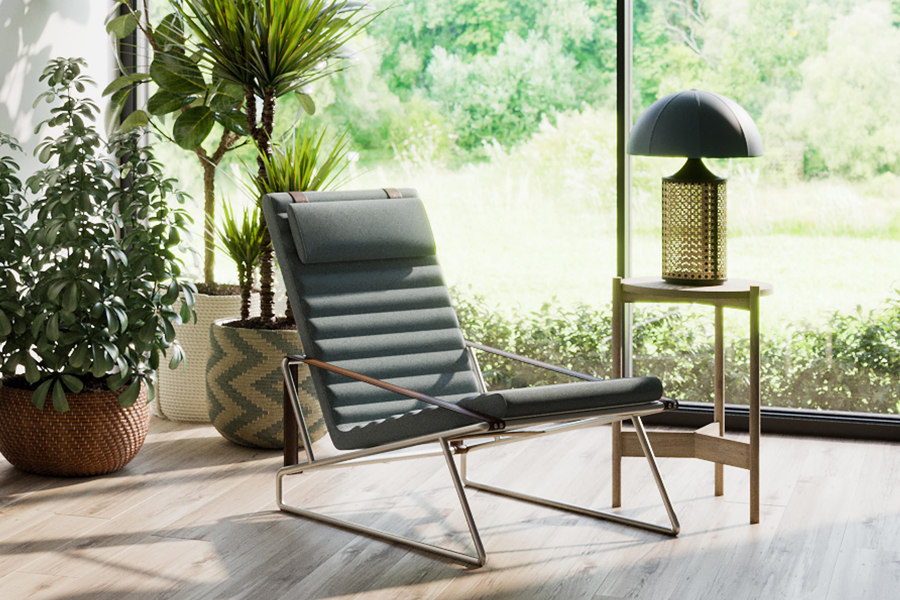
Sloped seat and back panels in Skram’s Independent Fade Lounger (top) and Harris & Harris’ Henry Armchair (bottom) seat the user further back in the chair
×Adirondack features: an inclined seat and back position
One of the key details of the original Adirondack chair that makes it such a comfortable reclining nap chair, is that it keeps a 90-degree angle between its seat and back, but does so by pitching both on a corresponding incline. This means the user is sat back further into the base of the seat, yet their weight is held in position perfectly. The inclined seating position also means the user’s view comes from a lower angle, so the chair looks out onto the horizon – perfect for taking in its surroundings.
The user is sat back further into the base of the seat yet their weight is held in position perfectly
Many chairs designed over 100 years after the original Adirondack still use this geometry to create comfortable sitting positions. The Independent Fade Lounger from Skram, for example, has something of the Adirondacks’ presence and boldness of form. As the original Adirondack, the lounge chair curves a single plank back panel to meet its sloped laminated timber seat at the right angle. With a softer aesthetic, meanwhile, Harris & Harris’ Henry Armchair lays horizontal ribbed cushioning over its corner seat and back combination.
Both Cassina’s P22 armchair (top) and Federicia Furniture’s Hunting Chair (middle) extend the chairs’ base for rear support like Irving Wolpin’s patented Adirondack design (bottom). Photo: US Design Patent 109,239
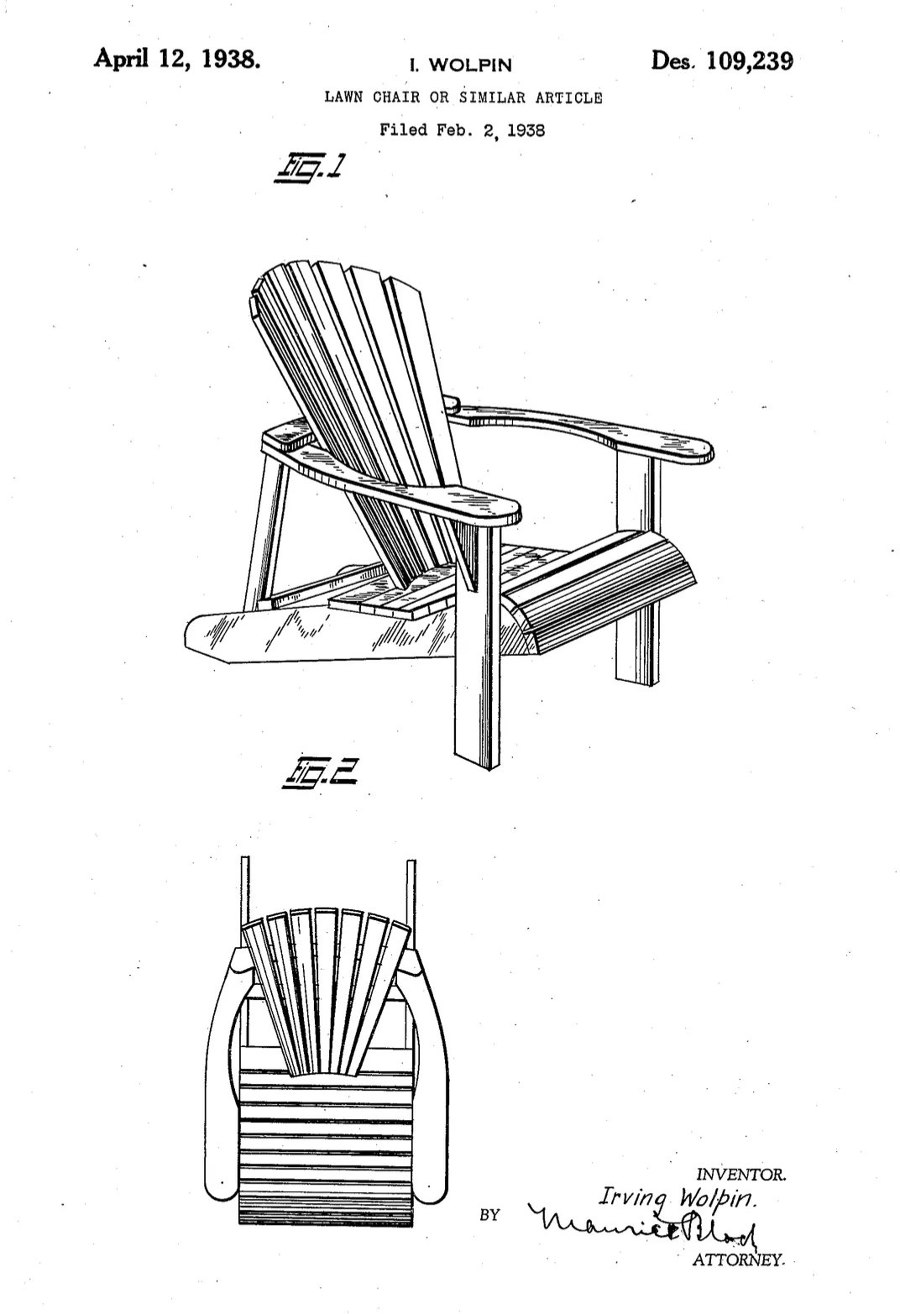
Both Cassina’s P22 armchair (top) and Federicia Furniture’s Hunting Chair (middle) extend the chairs’ base for rear support like Irving Wolpin’s patented Adirondack design (bottom). Photo: US Design Patent 109,239
×Low-down leg positions help Adirondack-style chairs stay grounded
In order to accommodate the incline of its seat, the original Adirondack chair featured no rear legs, choosing simply instead to extend its seat support back until it reached the ground. Meanwhile, the front legs were also responsible for supporting the chair’s heavy armrests, meaning the pitch of the seat could be set anywhere the designer chose. This original design saw the seat angled higher, giving support behind the knee and allowing the user’s feet to rest squarely on the floor.
The original Adirondack chair featured no rear legs
As the design was amended to form a more relaxing lounger, however, among the changes was the lowering of the front of the seat, enabling the ground itself to act as a supportive footstool and users to stretch out their legs. Many modern lounging armchairs such as Cassina’s P22 chair and Federicia Furniture’s Hunting Chair use the same combination of kneeling seat-connected rear legs to create a low sitting position.
Thomas Lee’s original chair design with 9.5-inch armrests (top), Boss Design’s Luge Armchair (middle) with high, flat armrests and Le Corbusier’s iconic Grand Confort chair (bottom) for Cassina. Photo: Yale University Art Gallery (top)
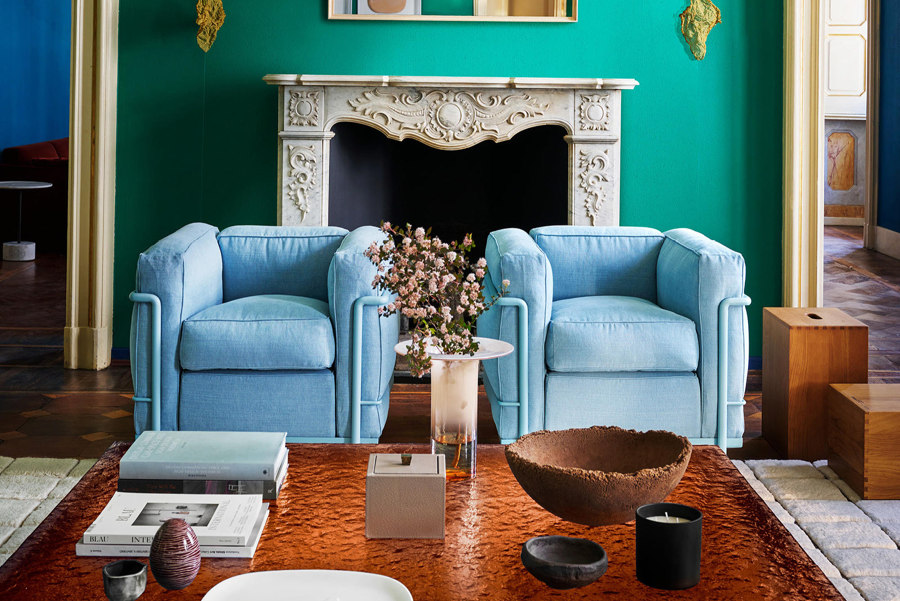
Thomas Lee’s original chair design with 9.5-inch armrests (top), Boss Design’s Luge Armchair (middle) with high, flat armrests and Le Corbusier’s iconic Grand Confort chair (bottom) for Cassina. Photo: Yale University Art Gallery (top)
×Breathe deep, with wide and high armrests
Although the classic Adirondack chair features a low sitting position, its arms were set relatively high. The 9.5-inch-wide armrests mean all the arm, from elbow to finger, can rest easily. Users could comfortably keep their elbows out and up, making it easier to breathe deeply. The effect helped to facilitate recuperation in tuberculosis patients, but even before the demise of the region’s sanatoria thanks to the rise of antibiotics in the 1950’s, the application of high and wide armrests helped many chairs to achieve an enhanced state of relaxation.
Users could comfortably keep their elbows out and up, making it easier to breathe deeply
Le Corbusier’s timeless Grand Confort armchairs, now manufactured by Cassina, encouraged users to place their arms up and out as far back as 1928, for example, and more contemporary examples followed. Boss Design’s Luge Armchair, from 2012, features the stunning yet comforting effect, along with a contemporary mid-century style.
The Adirondack chair may have risen in prominence due to the specific medical requirements of its day, but its iconic look and features live on today – in both its original form and many other designs – thanks to the way they comfort and connect users to their environment.
© Architonic
Head to the Architonic Magazine for more insights on the latest products, trends and practices in architecture and design.


